Sunfish
The ocean sunfish is the second largest bony fish on the planet and visits UK seas during the summer months to feast on jellyfish.
Want to learn more about wildlife near you? You're in the right place, search below and discover the nature you can help protect in Kent.
The ocean sunfish is the second largest bony fish on the planet and visits UK seas during the summer months to feast on jellyfish.
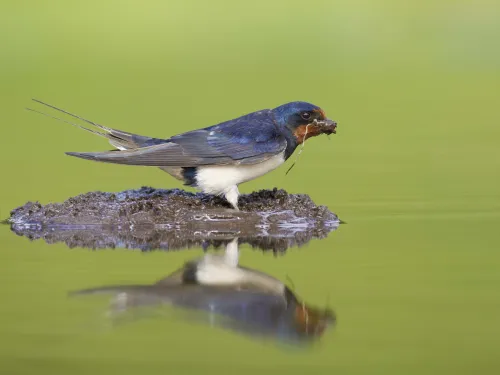
Look out for the swallow performing great aerial feats as it catches its insect-prey on the wing. You may also see it perching on a wire, or roosting in a reedbed, as it makes its way back to Africa for the winter.
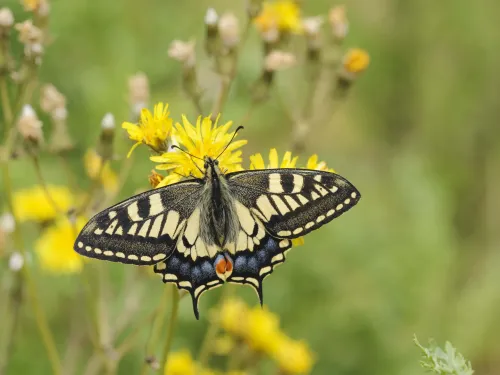
The exotic and beautiful swallowtail is the UK's largest butterfly. A strong flier, residents can be spotted over wetlands in Norfolk during summer. Migrants occasionally appear in southern England.
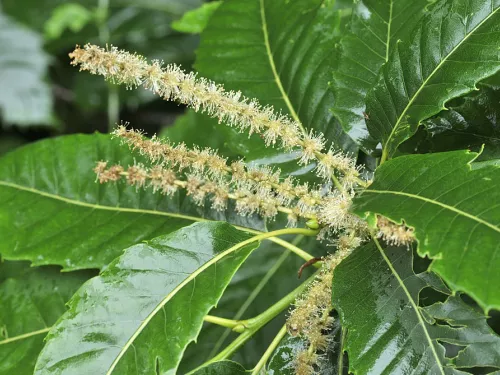
The sweet chestnut is famous for its shiny brown fruits, or 'chestnuts', that are wrapped in a spiky, green casing and make a tasty winter treat. Look for this tree in woodlands in South East England.
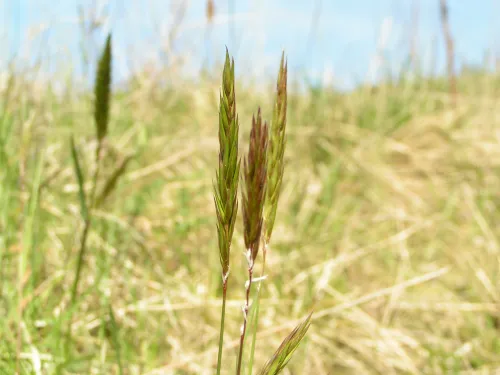
Flowering in spring, the cylindrical, densely packed flower spikes of Sweet vernal-grass are easily spotted in a meadow. It also tastes of sweet vanilla and was once a favourite 'chewing grass'.
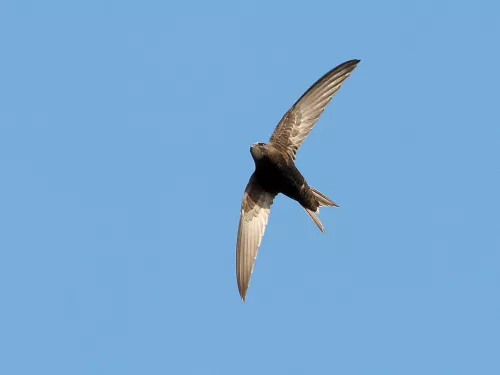
Swifts spend most of their lives flying – even sleeping, eating and drinking – only ever landing to nest. They like to nest in older buildings in small holes in roof spaces.
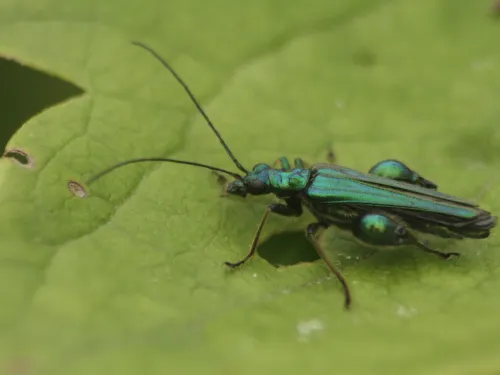
This metallic green beetle can be seen visiting flowers on sunny days in spring and summer.
A tall, domed tree of woodlands, hedgerows and parks, the introduced sycamore is familiar to many of us the 'helicopter' producing tree - its large, winged fruits appearing in autumn.
Tall melilot was introduced into the UK as a fodder crop, but has now become naturalised. It displays golden, pea-like flowers on tall spikes, which are followed by black, hairy seed pods.
Tansy is an aromatic plant of rough grassland, riverbanks and verges that has button-like, yellow flower heads. It is the main foodplant of the rare Tansy Beetle, now found at only two places in the UK.
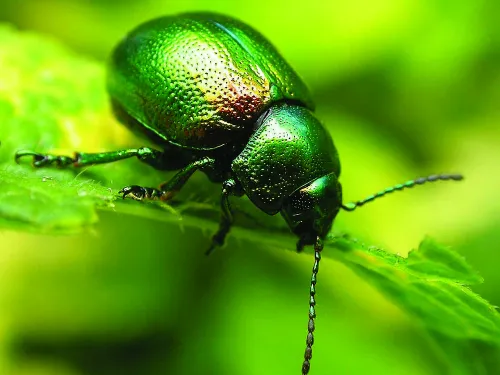
This jewel like leaf beetle is an incredibly scarce species which is only found in wetland habitats.
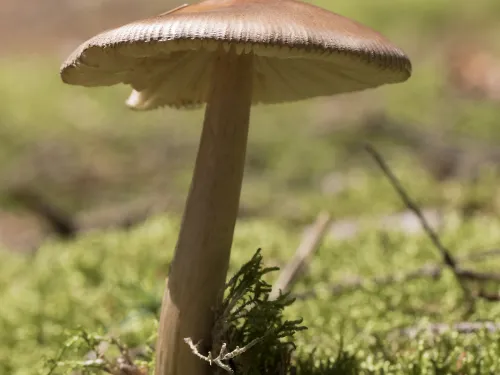
The tawny grisette has an orange-brown cap and a tall, slender stem that arises from a conspicuous cup-like sack. It can be found in woodlands, particularly those with Birch, but also on heaths.